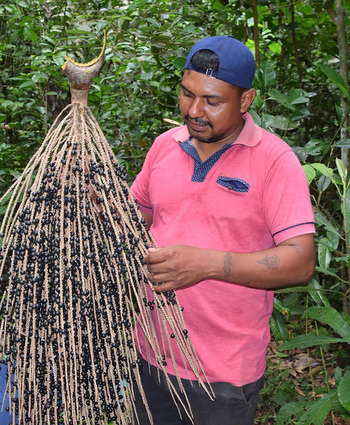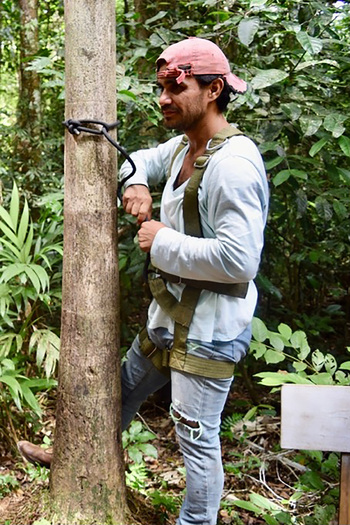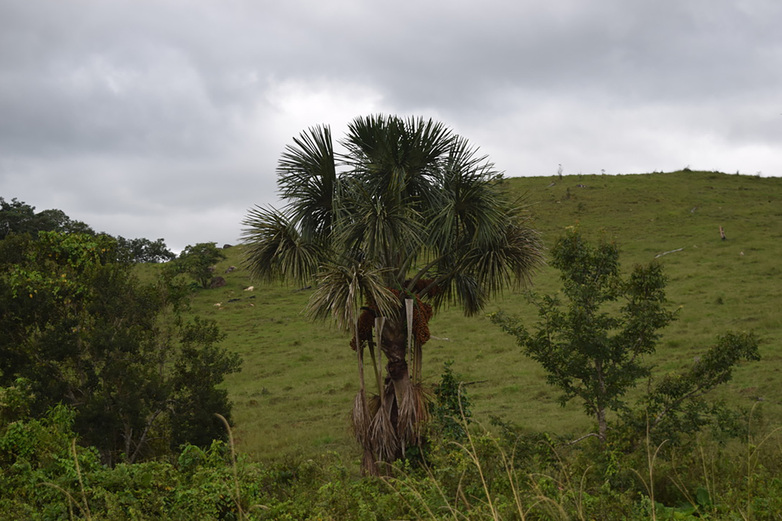Conserving the forests of the Amazon region in Bolivia
Management and Protection of the Bolivian forest in the Amazon basin
-
Client
German Federal Ministry for Economic Cooperation and Development (BMZ)
-
Country
-
Political sponsors
More
-
Runtime
2024 to 2026
-
Products and expertise
Climate, environment, natural resource management

Context
Bolivia is one of the 15 countries with the greatest biodiversity in the world. Deforestation has been increasing considerably in recent years, however. The main reasons for this continue to be livestock farming and agriculture.
The country faces challenges in its efforts to conserve biodiversity and protect its forests: responsibility is spread across various national and regional institutions. There are initiatives for non-timber products, but they are not closely linked to the market. Moreover, Bolivia needs to develop financial mechanisms to compensate farmers for environmentally sustainable and climate-friendly use of the forests and the preservation of biodiversity. The inhabitants of the Amazon basin have low household incomes, which can potentially drive deforestation and increase damage to the forests.
Objective
The processes have been improved to conserve the natural forests in the Bolivian Amazon region, to preserve biodiversity, to manage the forests in a climate-responsive manner and to generate income. Important actors are actively included.

Approach
The project is being implemented by the Bolivian Ministry of Environment and Water through the Directorate-General of Forest Management and Development in close cooperation with the Deutsche Gesellschaft für Internationale Zusammenarbeit (GIZ) GmbH. It operates in Pando department and in the communities north of La Paz, west of Beni and north-west of Santa Cruz.
The project promotes the climate-friendly and environmentally sustainable use of non-timber products from the forest and supports the development of ecological corridors. By doing so, it is also assisting in developing a national forestry strategy and in building institutional capacity for sustainable forest management. At the same time, it supports efforts to manage land and forest use effectively at national and regional level.

Last updated: July 2024





